
Pier Paolo Pasolini was an Italian poet, film director, writer, screenwriter, actor and playwright. He is considered one of the defining public intellectuals in 20th-century Italian history, influential both as an artist and a political figure.

Tito Gobbi was an Italian operatic baritone with an international reputation.
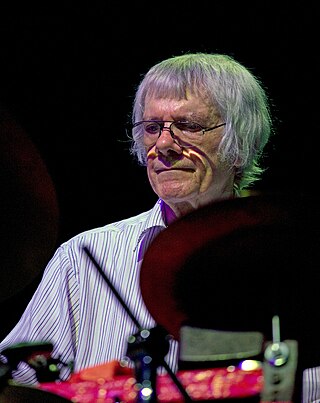
Tony Oxley is an English free improvising drummer and one of the founders of Incus Records.
Canzone napoletana, sometimes referred to as Neapolitan song, is a generic term for a traditional form of music sung in the Neapolitan language, ordinarily for the male voice singing solo, although well represented by female soloists as well, and expressed in familiar genres such as the love song and serenade. Many of the songs are about the nostalgic longing for Naples as it once was. The genre consists of a large body of composed popular music—such songs as "'O sole mio"; "Torna a Surriento"; "Funiculì, Funiculà"; "Santa Lucia" and others.

Karma is a jazz recording by the American tenor saxophonist Pharoah Sanders, released in May 1969 on the Impulse! label, with catalog number AS 9181. A pioneering work of the spiritual jazz style, it has become Sanders' most popular and critically acclaimed album.

Thembi is the seventh album by free jazz saxophonist Pharoah Sanders, released in 1971.

The Major Works of John Coltrane is a compilation album by jazz musician John Coltrane, released in 1992 by GRP Records. It features extended compositions, all recorded in 1965 with expanded ensembles, and originally released by Impulse! Records on Ascension, Om, Kulu Sé Mama, and Selflessness: Featuring My Favorite Things. Both editions of Ascension are included.

Pooh is an Italian pop band formed in Bologna in 1966. Over the course of their career, Pooh has sold over 100 million records. Some of the band's most popular songs include "Parsifal", "Dove comincia il sole" and "Pensiero".
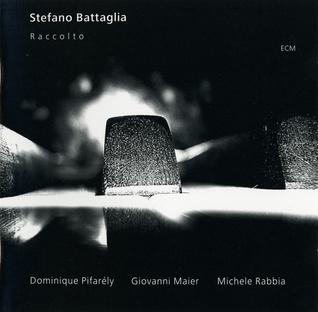
Raccolto is an album by Italian pianist Stefano Battaglia recorded in September and December of 2003 and released on ECM in 2005.

Sound Museum: Three Women is an album by the American jazz composer and saxophonist Ornette Coleman recorded in 1996 and released on the Harmolodic/Verve label. It is dedicated to Don Cherry and Ed Blackwell.
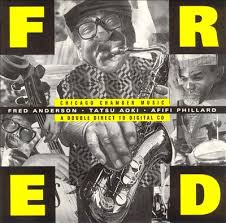
Fred Chicago Chamber Music is a double album by American jazz saxophonist Fred Anderson recorded in 1996 and released on the Chicago-based Southport label. The first disc matches him in a trio with bassist Tatsu Aoki and drummer Afifi Phillard, while the second is composed of Anderson/Aoki duets with Southport co-owner Bradley Parker-Sparrow joining in on piano for two tracks.

Remo Anzovino is an Italian composer, musician and criminal lawyer.
"What Can I Do?" is a French popular song composed in 1947 by Henri Betti with the lyrics by Édith Piaf. The English lyrics were written in 1949 by Harold Rome.

Quartet (London) 1985 is a live album by composer and saxophonist Anthony Braxton recorded in England by BBC Radio 3 in 1985 and first released on the Leo label as a limited edition 3LP Box Set in 1988 before being released as a double CD in 1990.
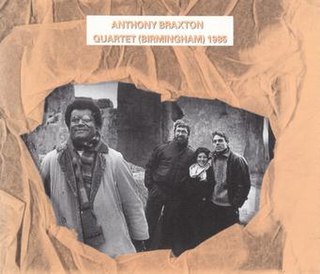
Quartet (Birmingham) 1985 is a live album by the composer and saxophonist Anthony Braxton recorded in England in 1985 and released on the Leo label as a double CD in 1991.

Pelagos is a solo piano album by Stefano Battaglia. It was recorded in 2016 and released by ECM Records the following year.
Life of a Petal is a solo piano album by Stefano Battaglia. It was recorded in 1993 and released by Splasc(h).
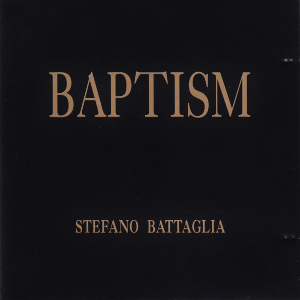
Baptism is a solo piano album by Stefano Battaglia. It was recorded in 1993 and released by Splasc(h).

Musica Centripeta: The Swiss Radio Tapes 2 is a solo piano album by Stefano Battaglia. It was recorded in 1997 and released by Splasc(h).
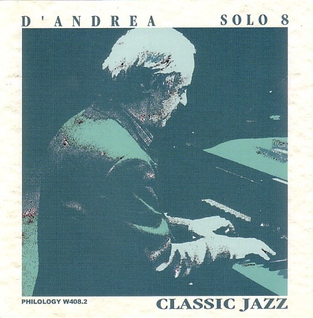
Solo 8: Classic Jazz is a solo piano album by Franco D'Andrea. It was recorded in 2001 and released by Philology Records.

















